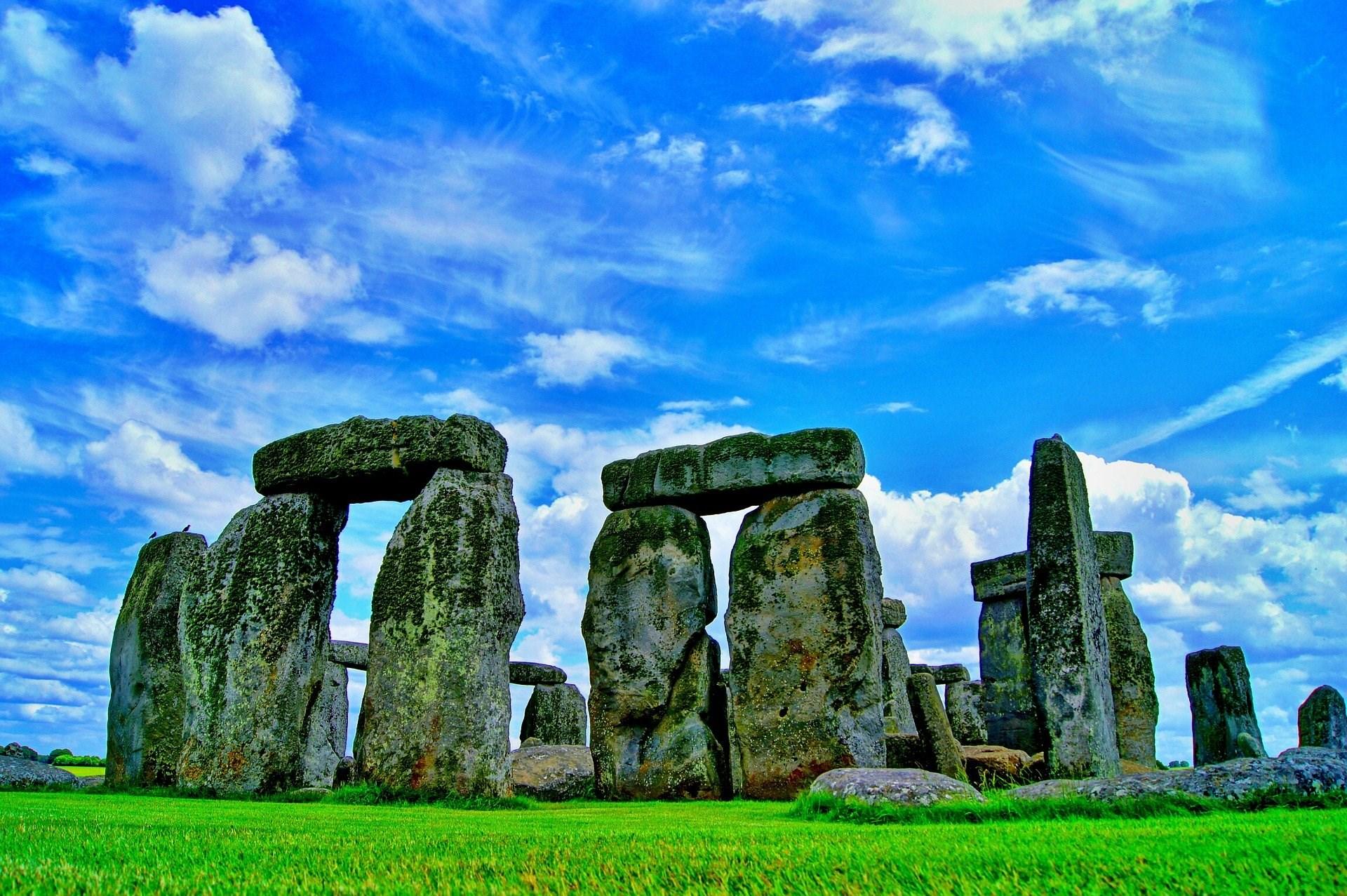
4 minute read
Music across the UK
In the second of a series of articles, we explore the different approaches taken by each country of the UK to the music curriculum

England
The National Curriculum for Music in England was revised in 2014. In the six years since that date, many teachers have commented on how slight the information now is - the primary section can be printed on less than two sheets of A4!
Depending on your perspective, this might be seen as a good thing or a bad thing! For confident music specialists, the sparsity of the information means ultimate flexibility to do things ‘ your’ way. For non-specialists, it’ s more of a struggle to fill in the gaps!
At KS1 the end of key stage expectations are more experiential than measurable. Pupils must:
use their voices expressively and creatively by singing songs and speaking chants and rhymes play tuned and untuned instruments musically
listen with concentration and understanding to a range of high-quality live and recorded music experiment with, create, select and combine sounds using the interrelated dimensions of music
These points give a good idea of coverage, but not of the level of skill that needs to be attained. For a start, what exactly is playing instruments ‘musically’? For me, at KS1 that means the discipline to only play when you ’re meant to be playing, to keep a pulse, and to play at an appropriate volume, not bash the life out of the instruments - but I’m sure to others it means something entirely different!
Another area that causes some consternation is the idea of listening with ‘concentration and understanding’ - which is about as wooly as it gets! I often think they could just have stopped after ‘concentration!’ There is no clear indication of what understanding pupils are meant to have about the music they listen to, and in my experience it could take the whole of KS1 to learn just to sit and listen to a piece of music without starting a conversation with the person next to you!
What is really nice about the KS1 curriculum, however, is the focus on creativity both in singing and in the sense of making up their own music. Pupils of this age are at their most creative, before peer pressure and hormones get in the way, and if we don’t allow them to explore this musically then they may never tap into their creative potential. For me, it’ s really important not to just sing and play the music written for our pupils by adults, but to sing and play music they have created themselves. This is the best way to show them that everyone can be musical.
At Key Stage 2 there is slightly more to hang on to in terms of creating some kind of measurable outcomes from the curriculum:
play and perform in solo and ensemble contexts, using their voices and playing musical instruments with increasing accuracy, fluency, control and expression improvise and compose music for a range of purposes using the interrelated dimensions of music listen with attention to detail and recall sounds with increasing aural memory
use and understand staff and other musical notations appreciate and understand a wide range of high-quality live and recorded music drawn from different traditions and from great composers and musicians develop an understanding of the history of music
I often joke that performing progress is the easiest to evidence, since the statement just says pupils should have ‘increasing’ levels of skill - so as long as they are slightly less rubbish than they were when they started…!
One of the most successful parts of the KS2 curriculum, in my opinion, is the caveat that music should be improvised and composed for ‘a range of purposes.’ This means that pupils will be creating lots of different types of music, and really getting to grips with musical styles, structures and devices - rather than what I often saw pre-2014 which was the same basic activity every single week (usually a ‘soundscape’) just with a different stimulus (rainforest, space, the city…)
I also think we should be grateful for the fact that the listening statement explicitly says that we should be listening to music from different traditions, otherwise with the current focus on ‘cultural capital’ - which has a very narrow definition - we could be tempted to feed our pupils a diet solely of classical music.
The part of the KS2 curriculum that gives me the biggest headache is ‘the history of music.’ There is no such thing! There are multiple histories of musics which are embedded in different cultures and not necessarily linked into one gobal map of musical progression! Whenever I teach this element of the curriculum, I link it to something tangible, like a country, religion, or historical period we’ve been studying, or to the different cultural backgrounds of the children in my class.
As a specialist, the great thing about the national curriculum is that I have the flexibility to interpret all the above statements as I see fit. As a non-specialist I can see how daunting this might be, which is why there are so many commercially available schemes of work out there! Look out for our feature in next term’s issue where we compare some of the most frequently used schemes!
Dr Elizabeth Stafford is Editor of Primary Music Magazine, Director of Music Education Solutions, Head of Academic Studies at Resonance, and Senior Lecturer in Professional Studies at Leeds Conservatoire. @DrLizStafford







